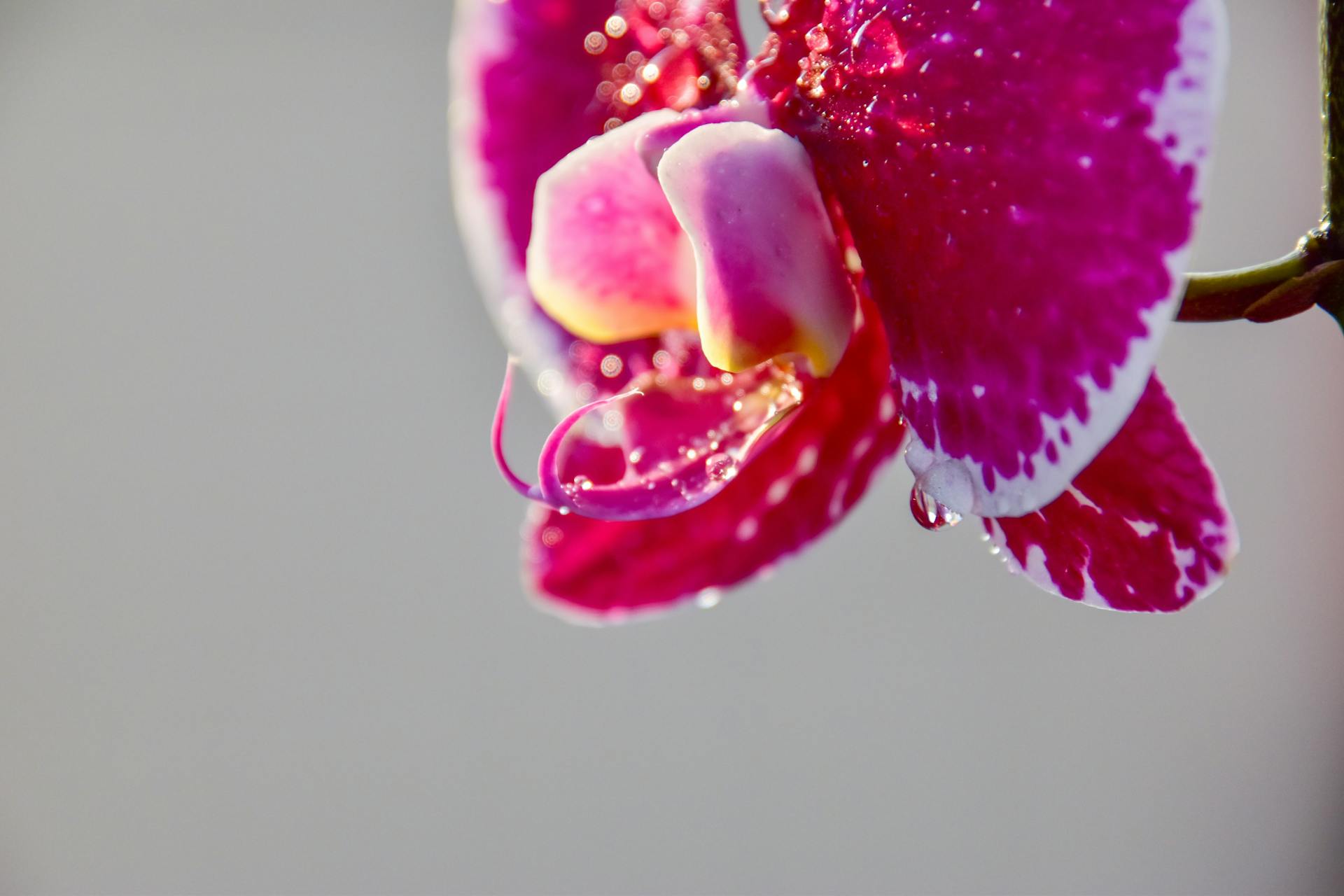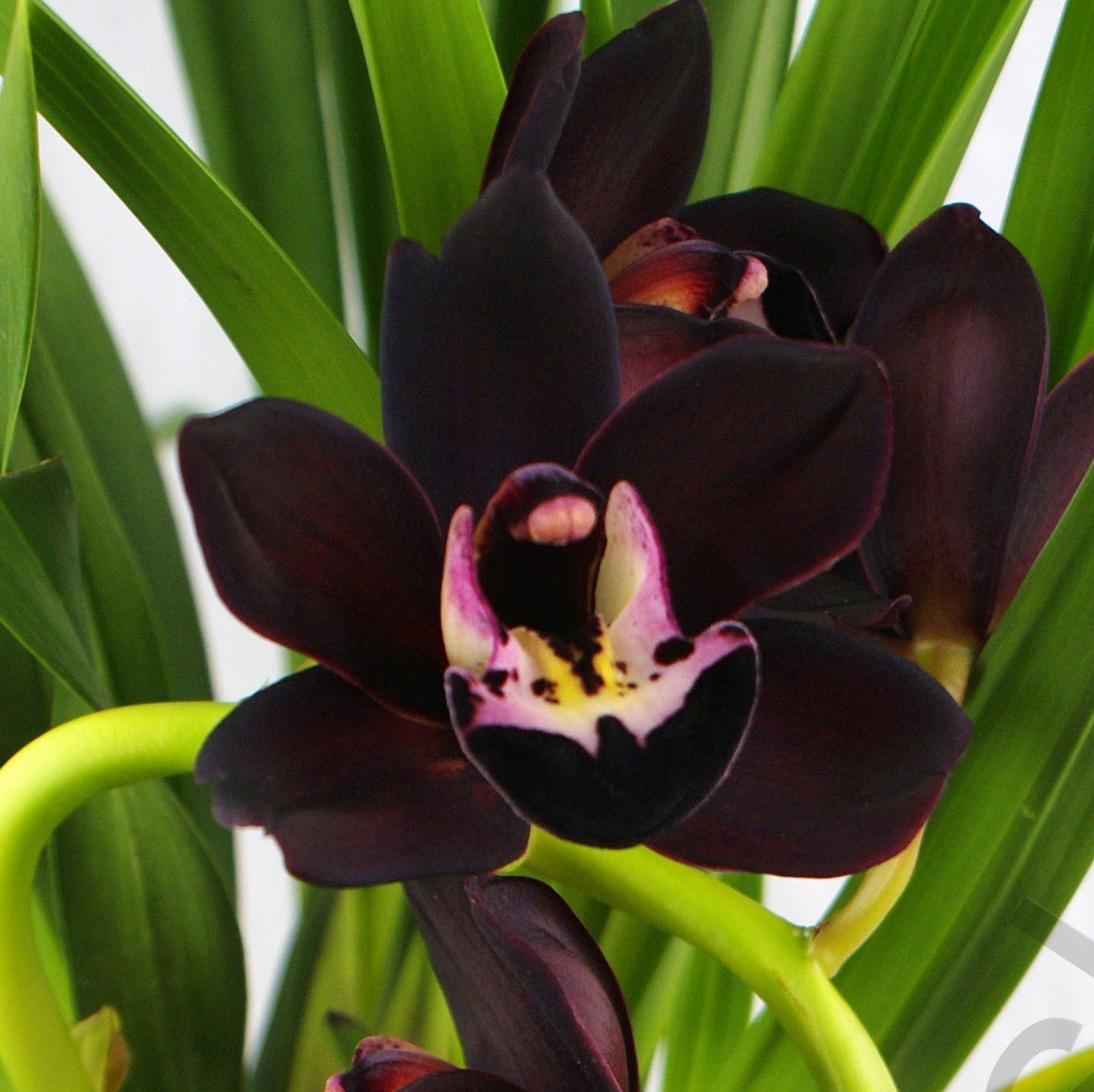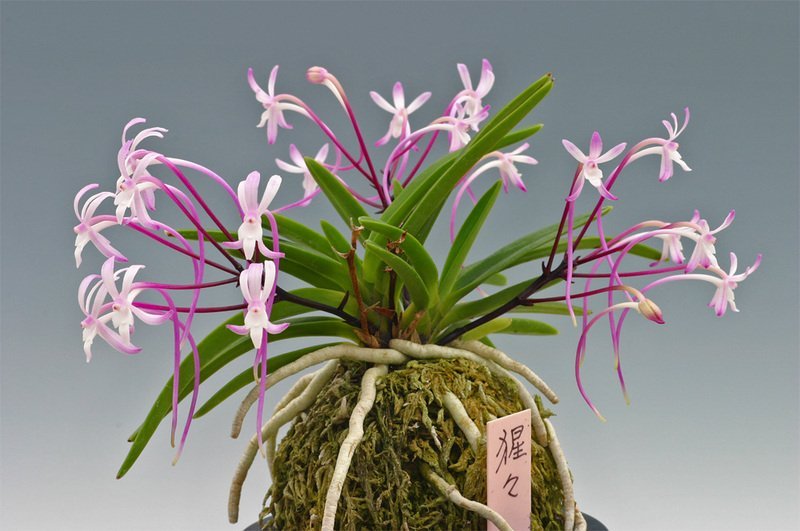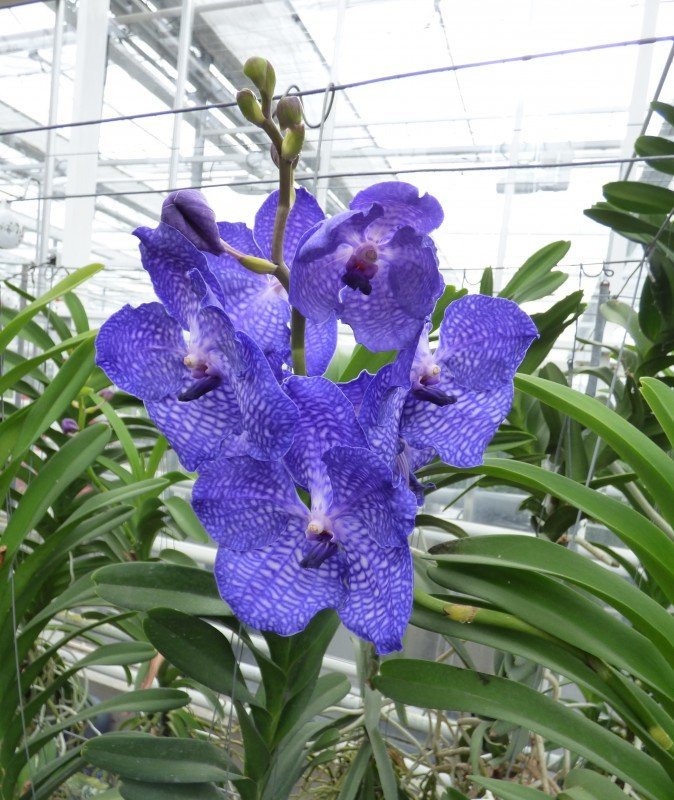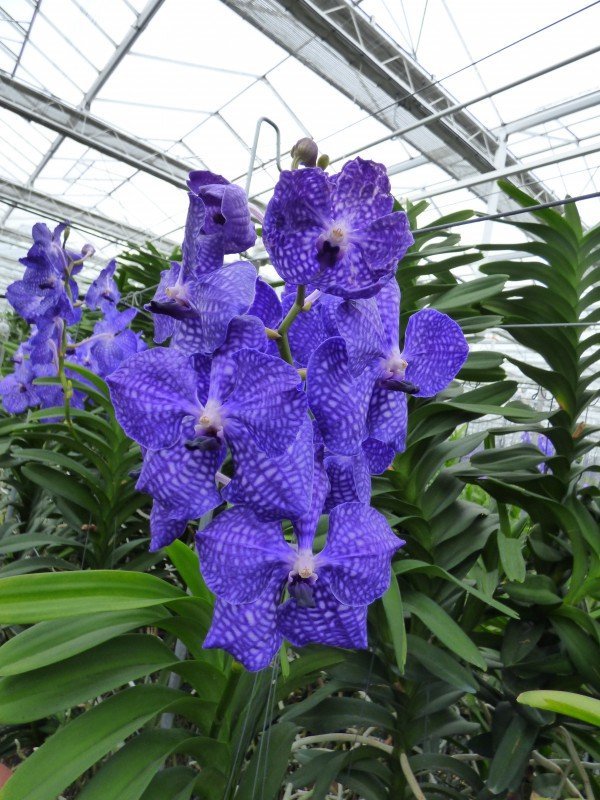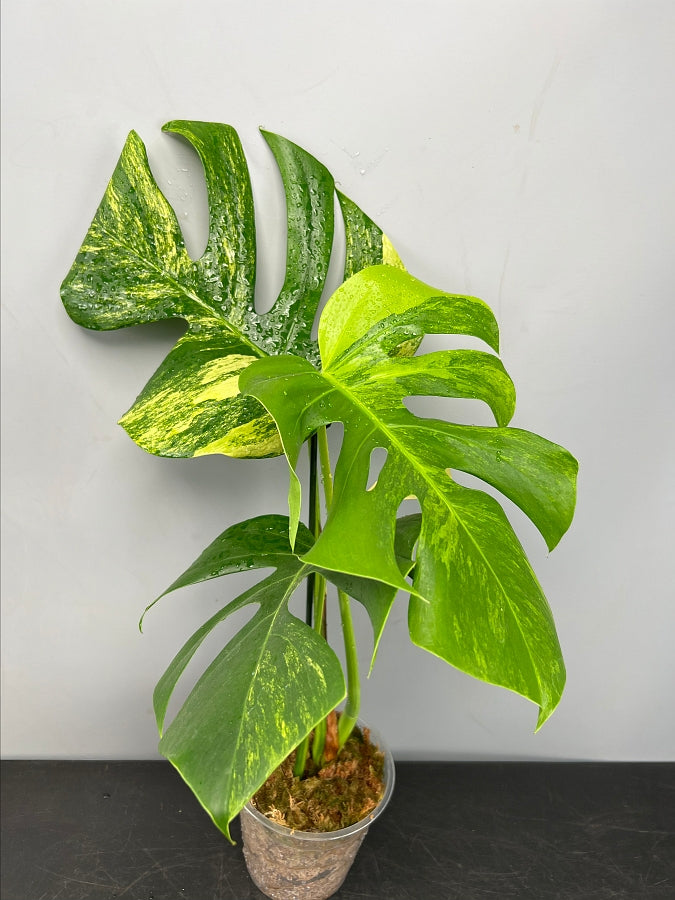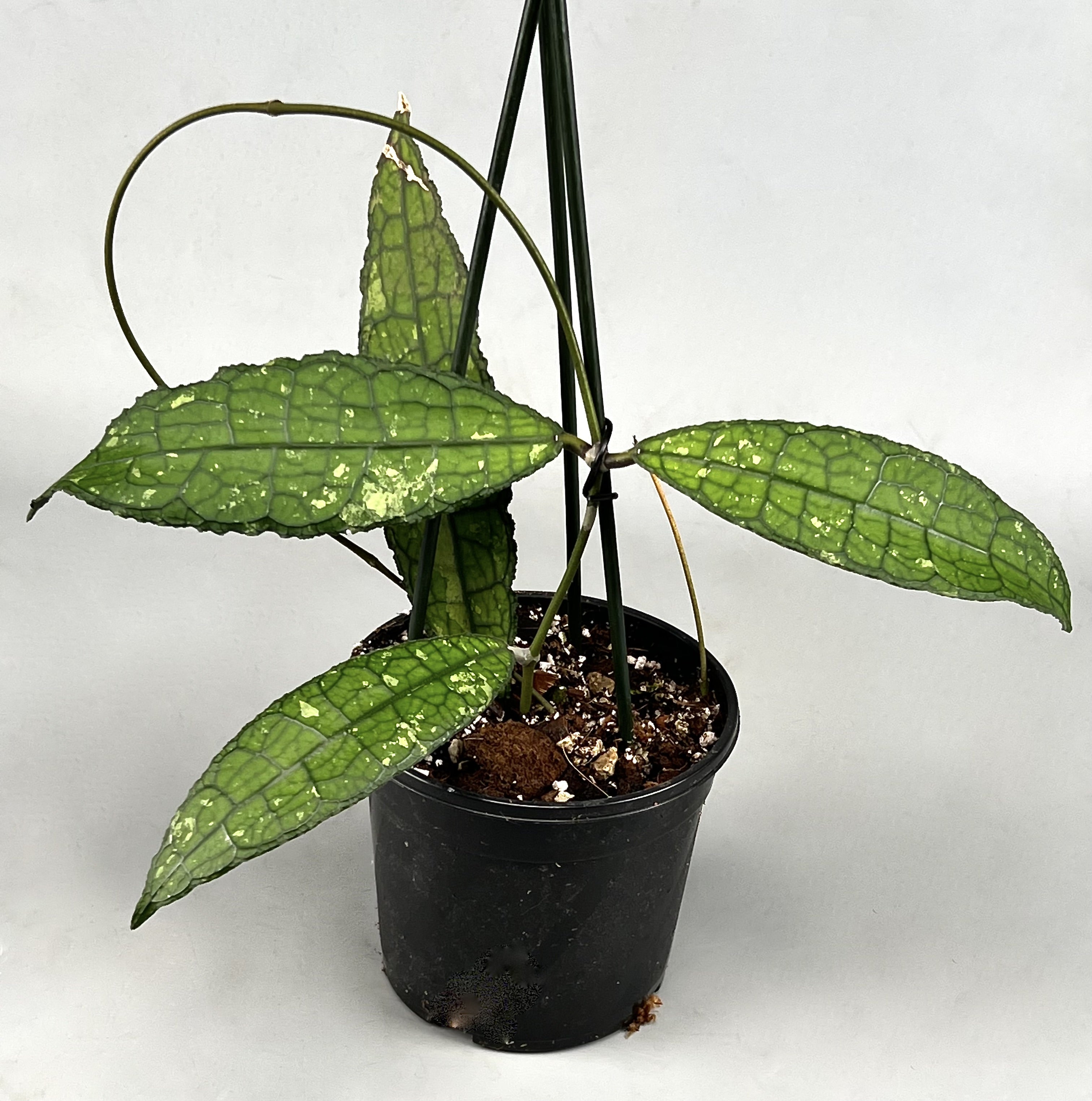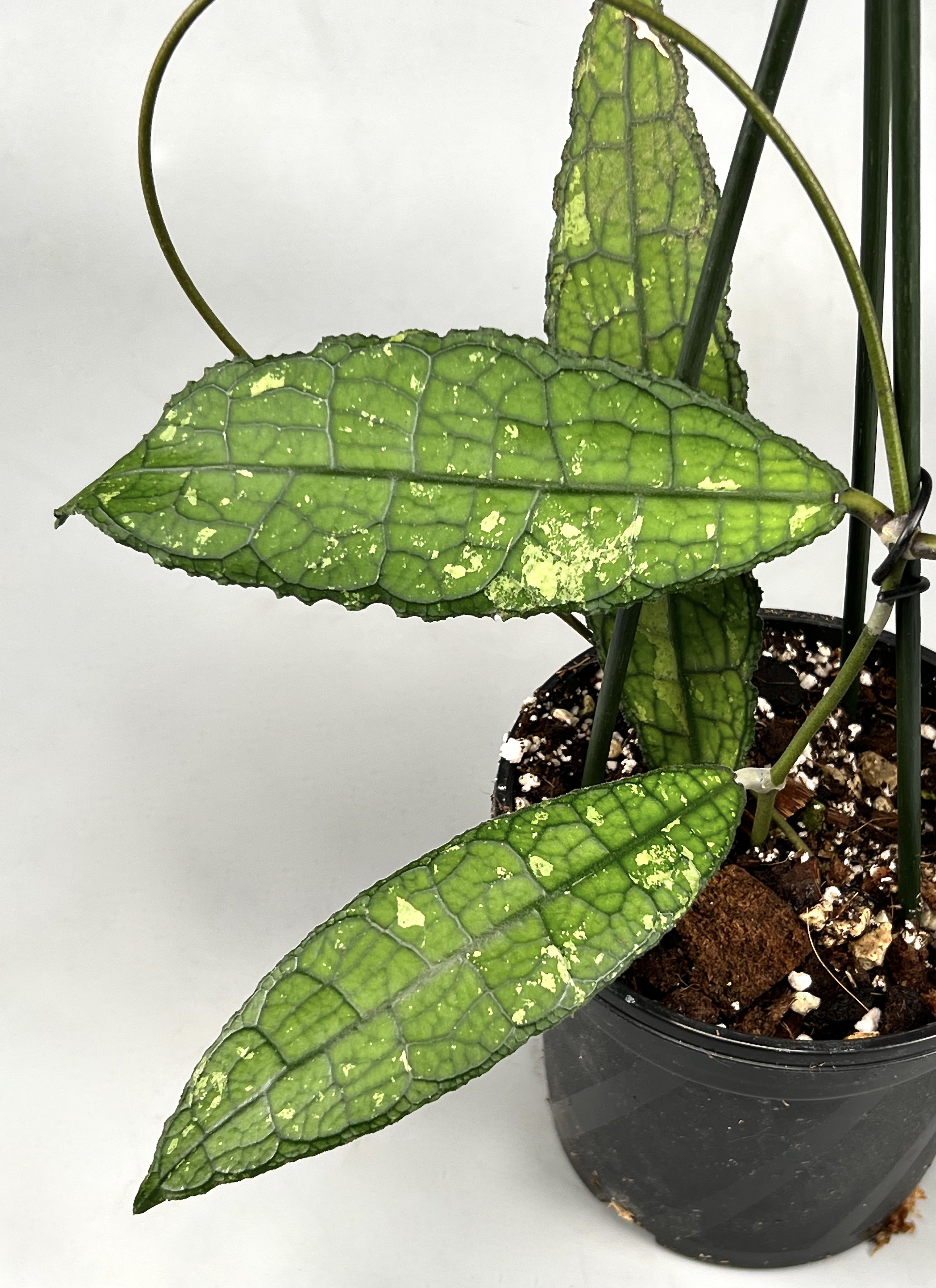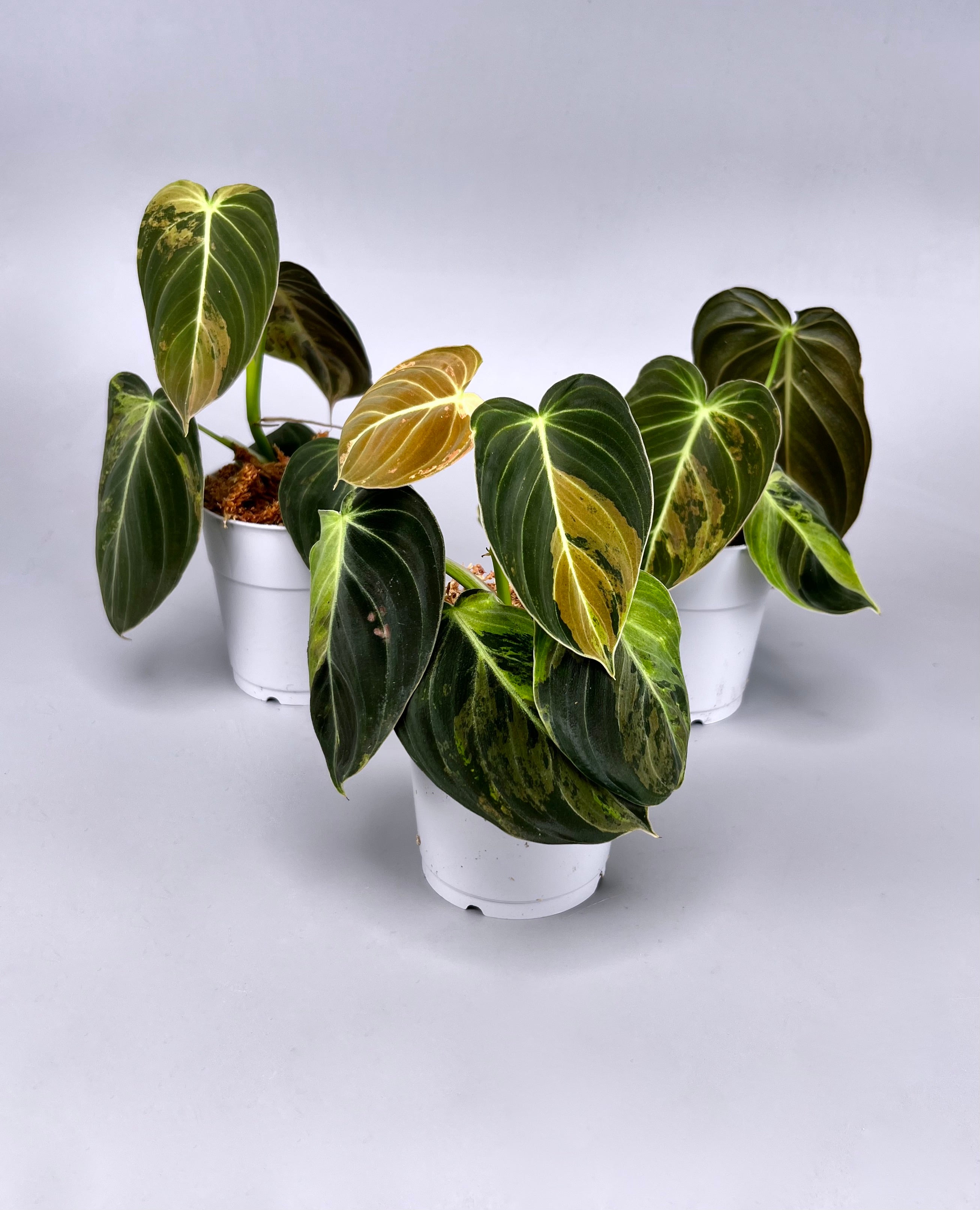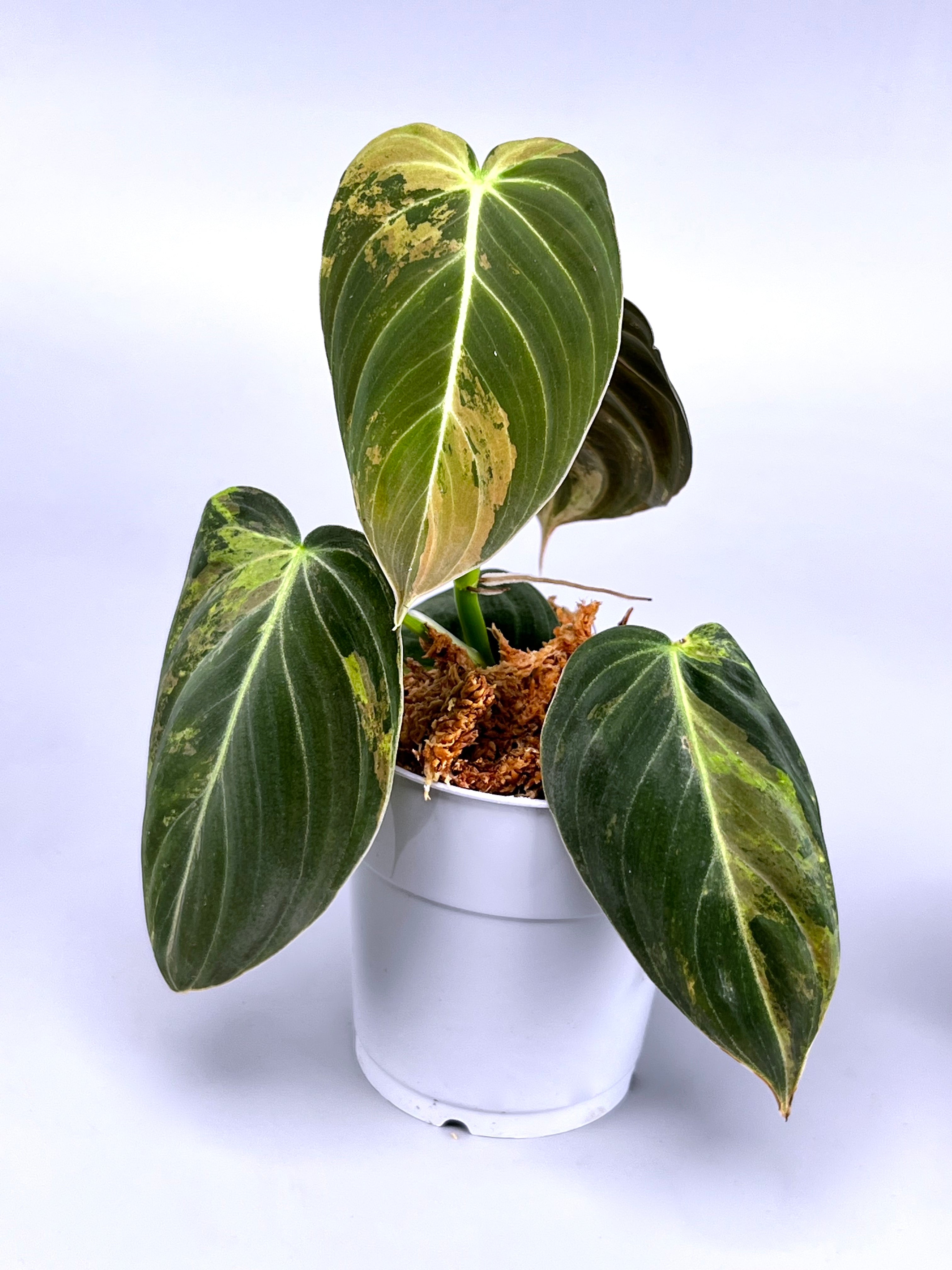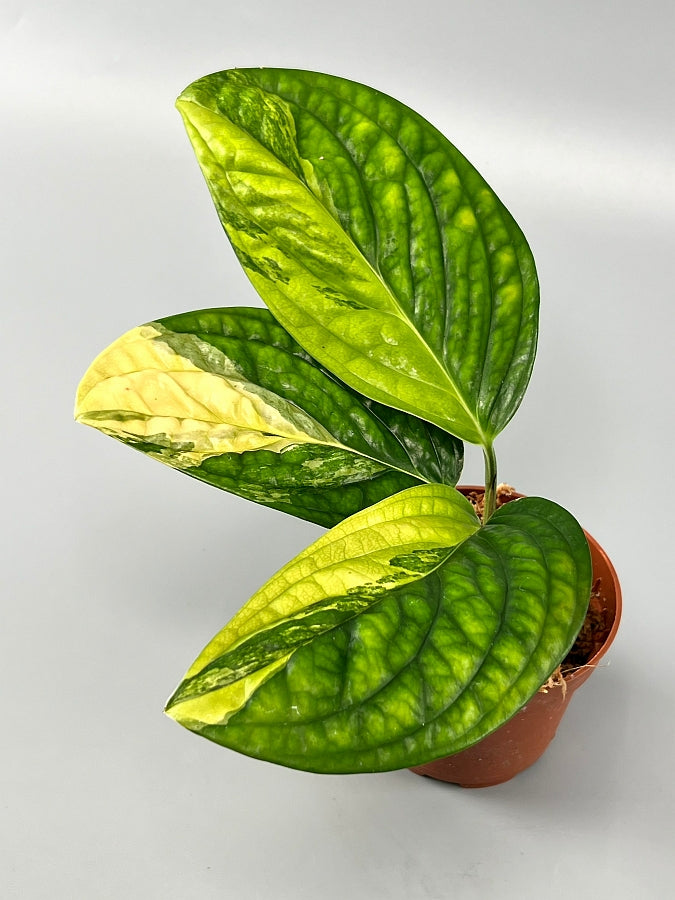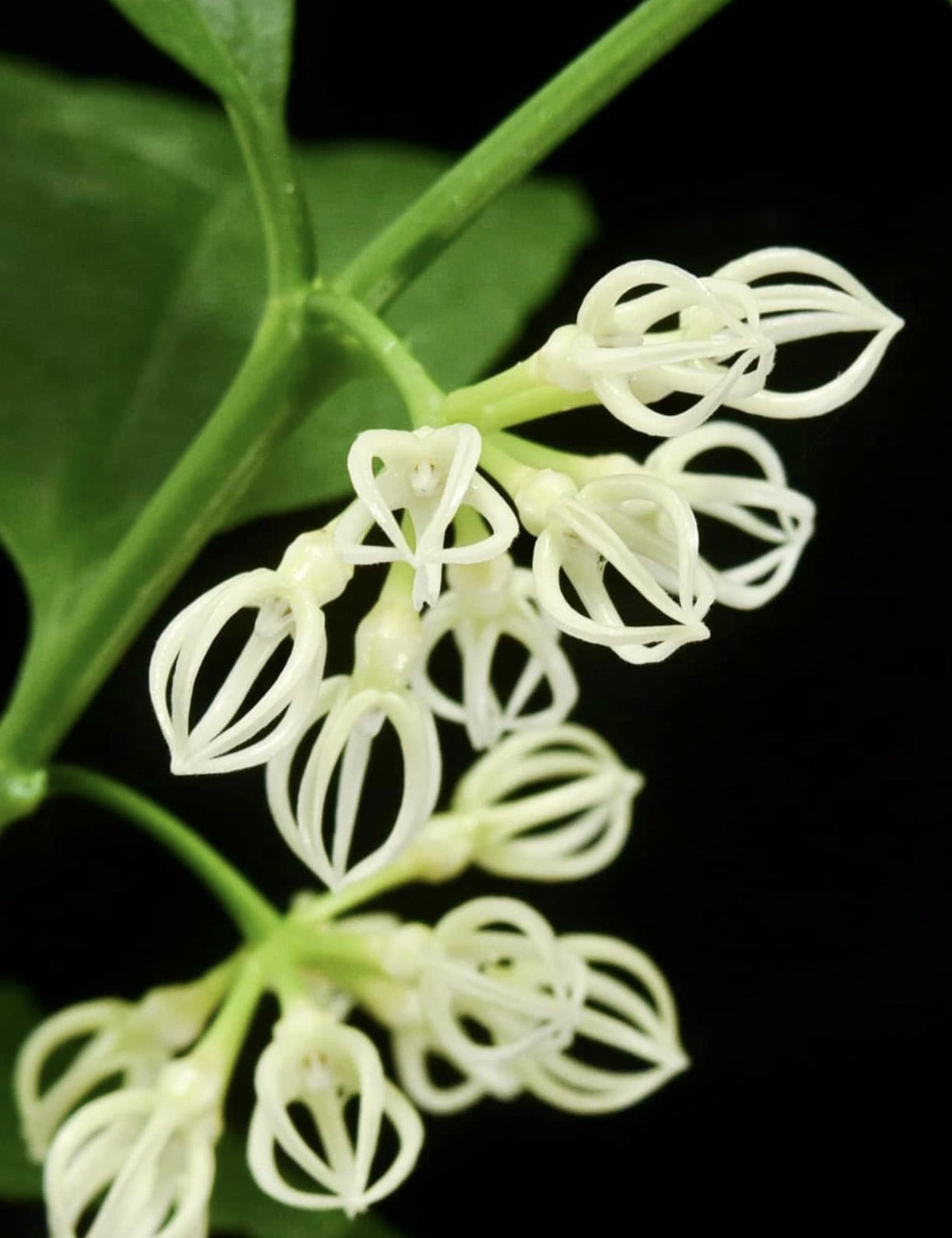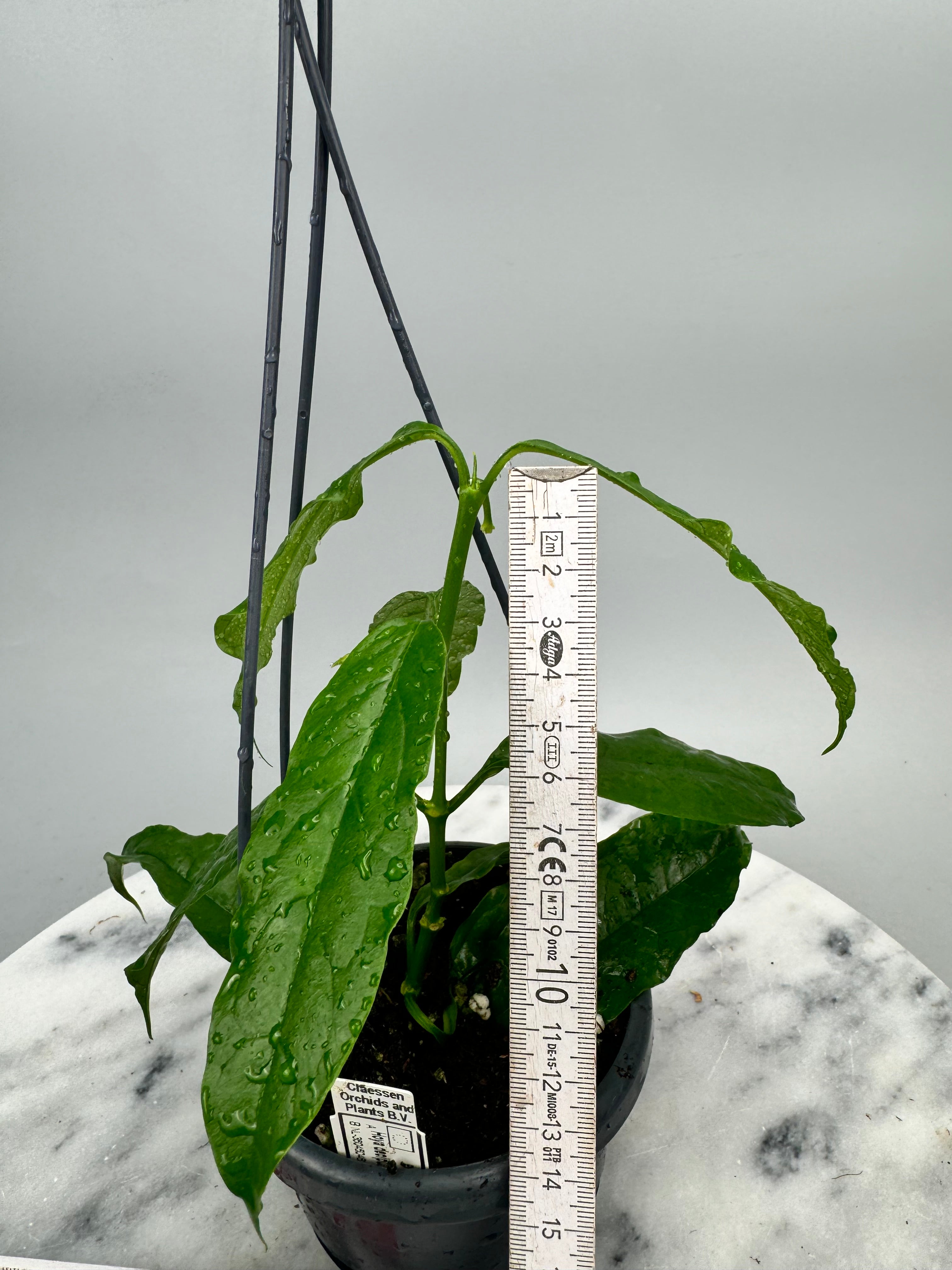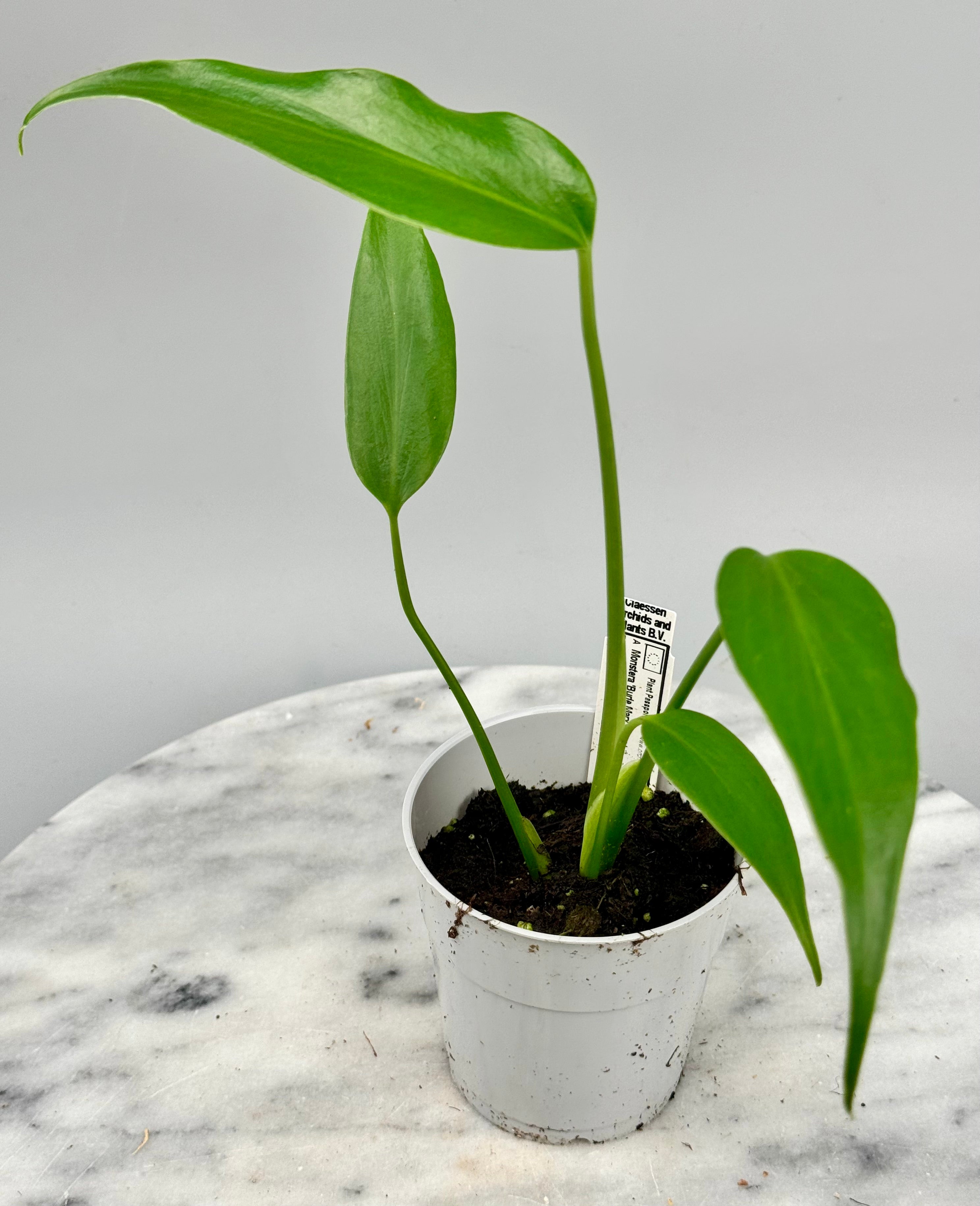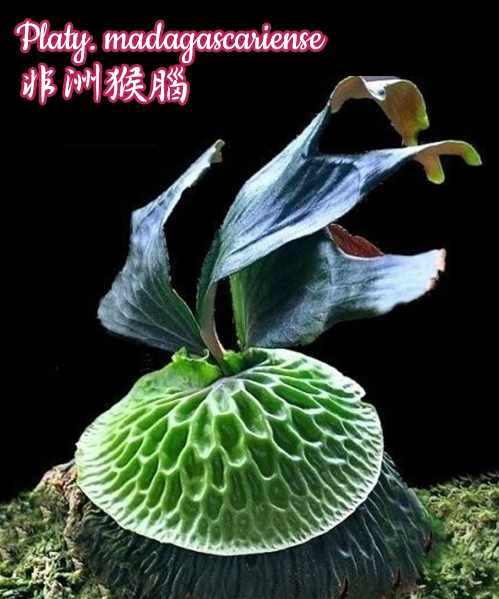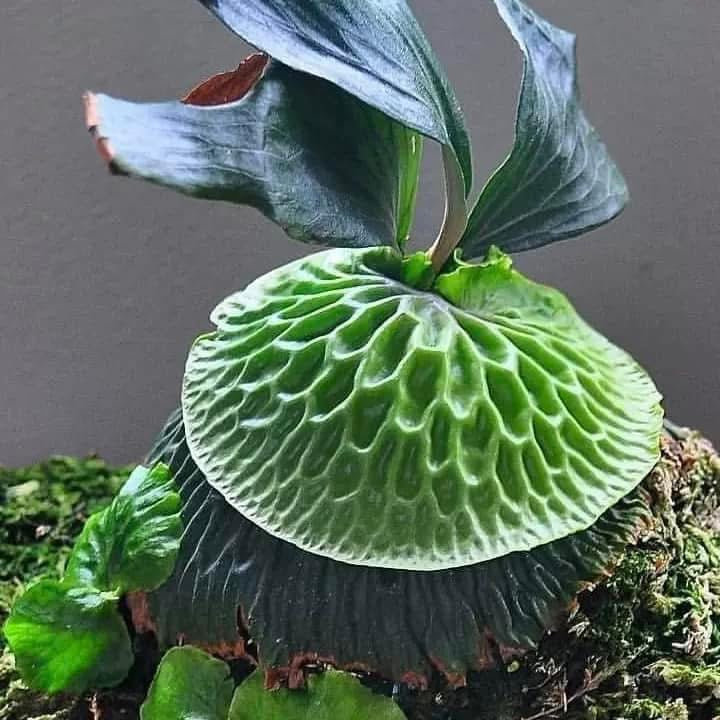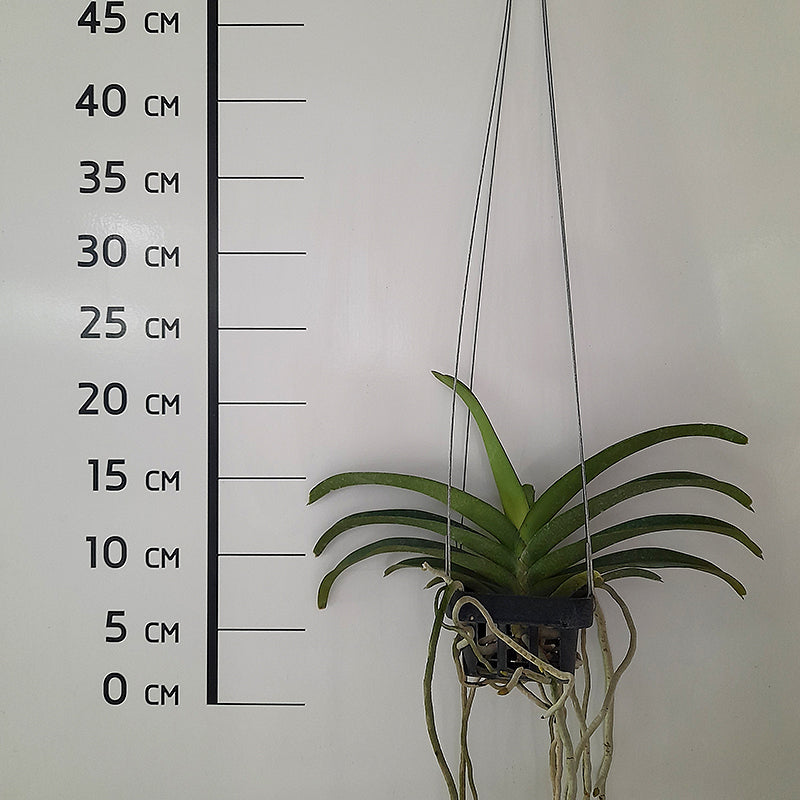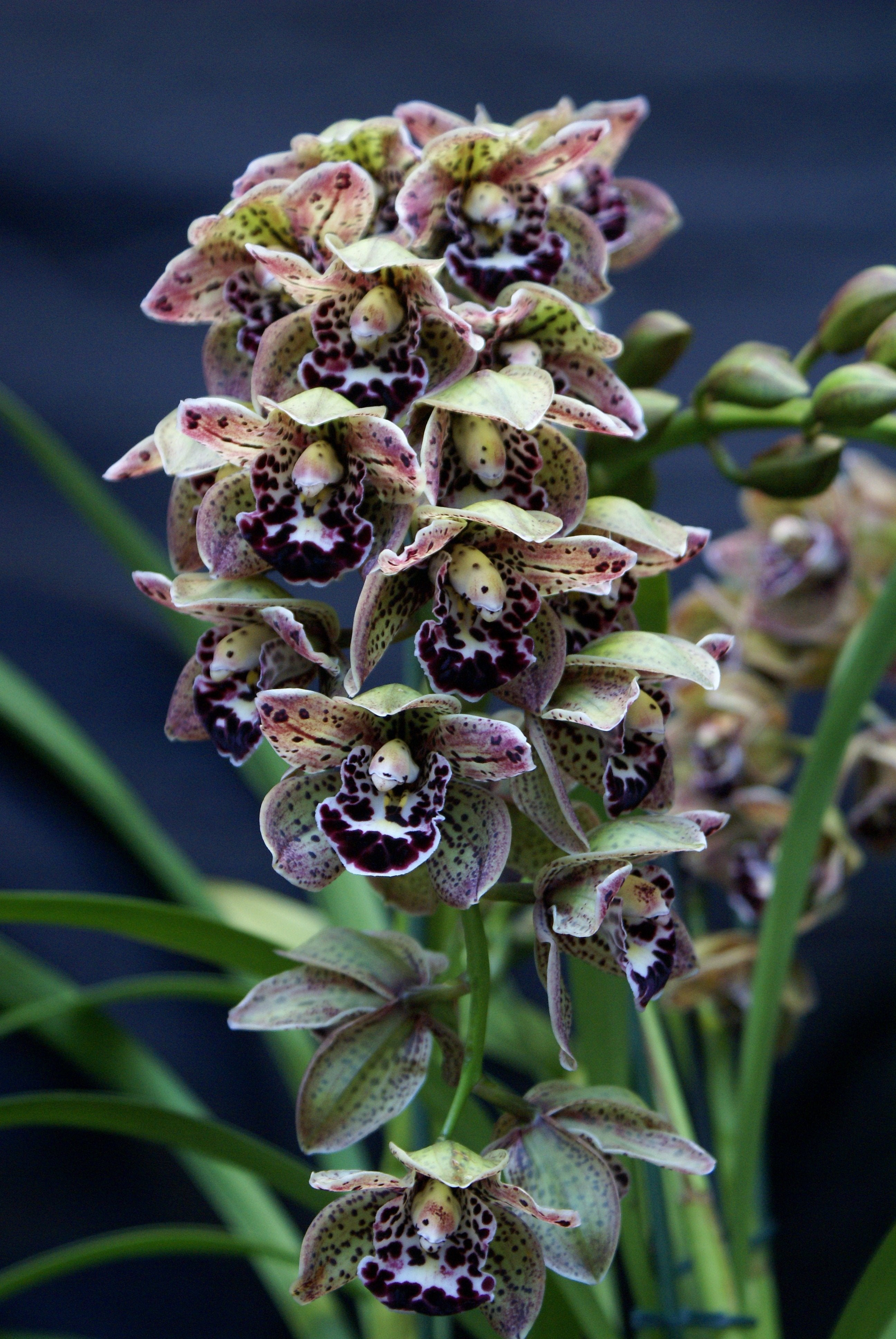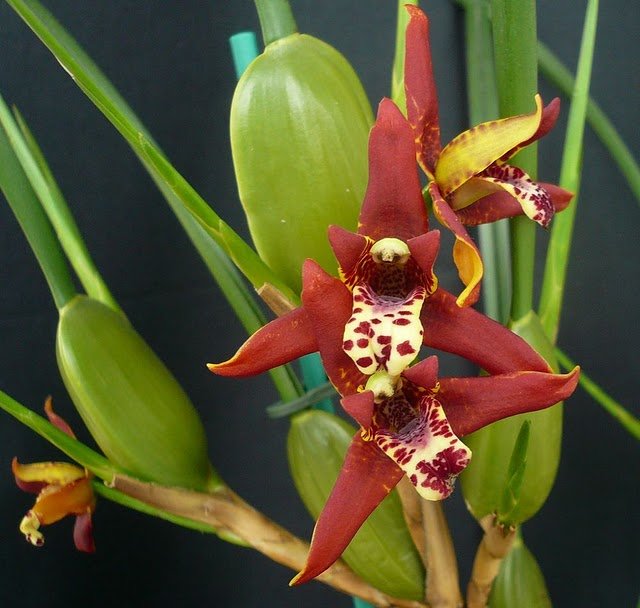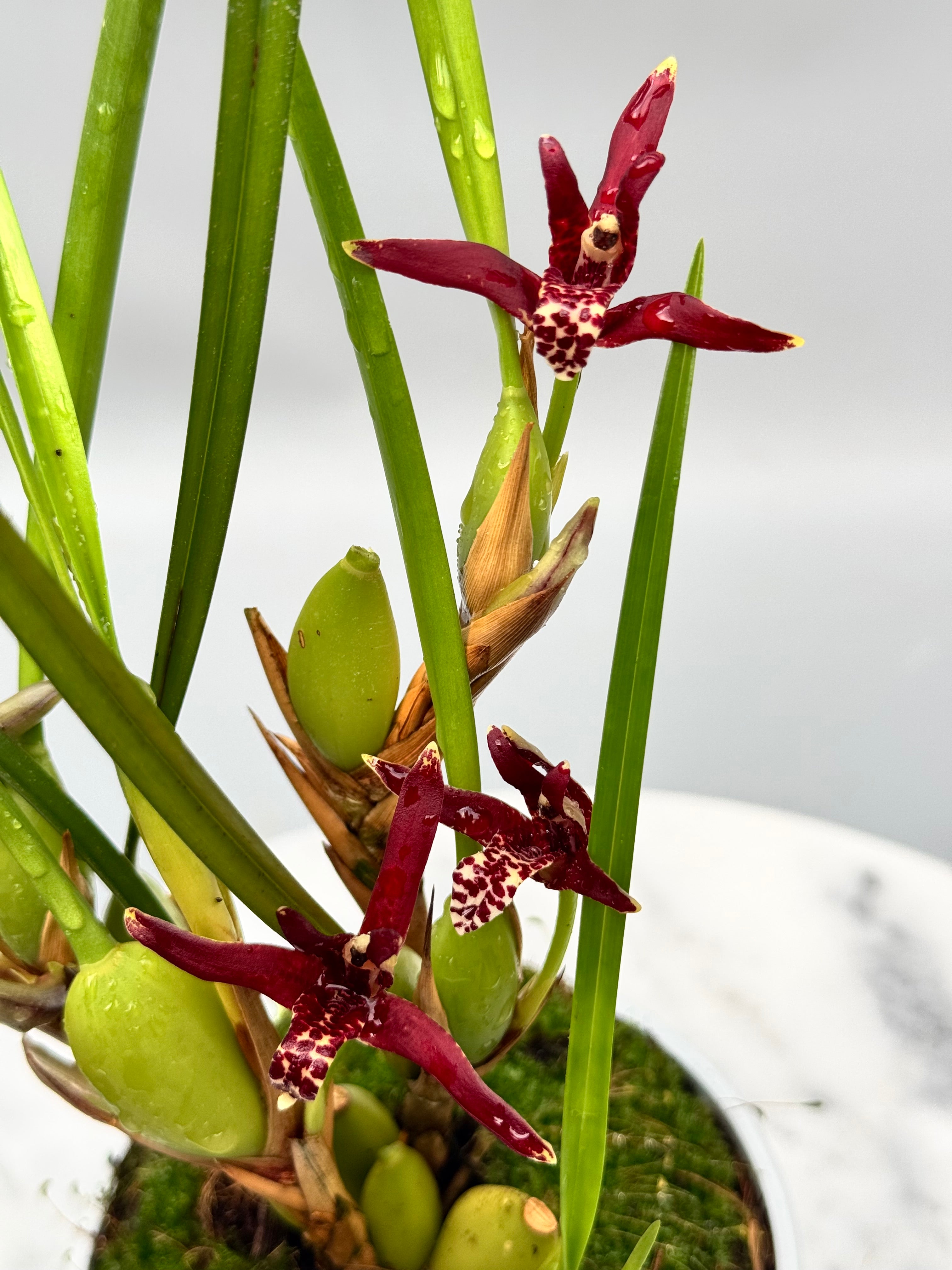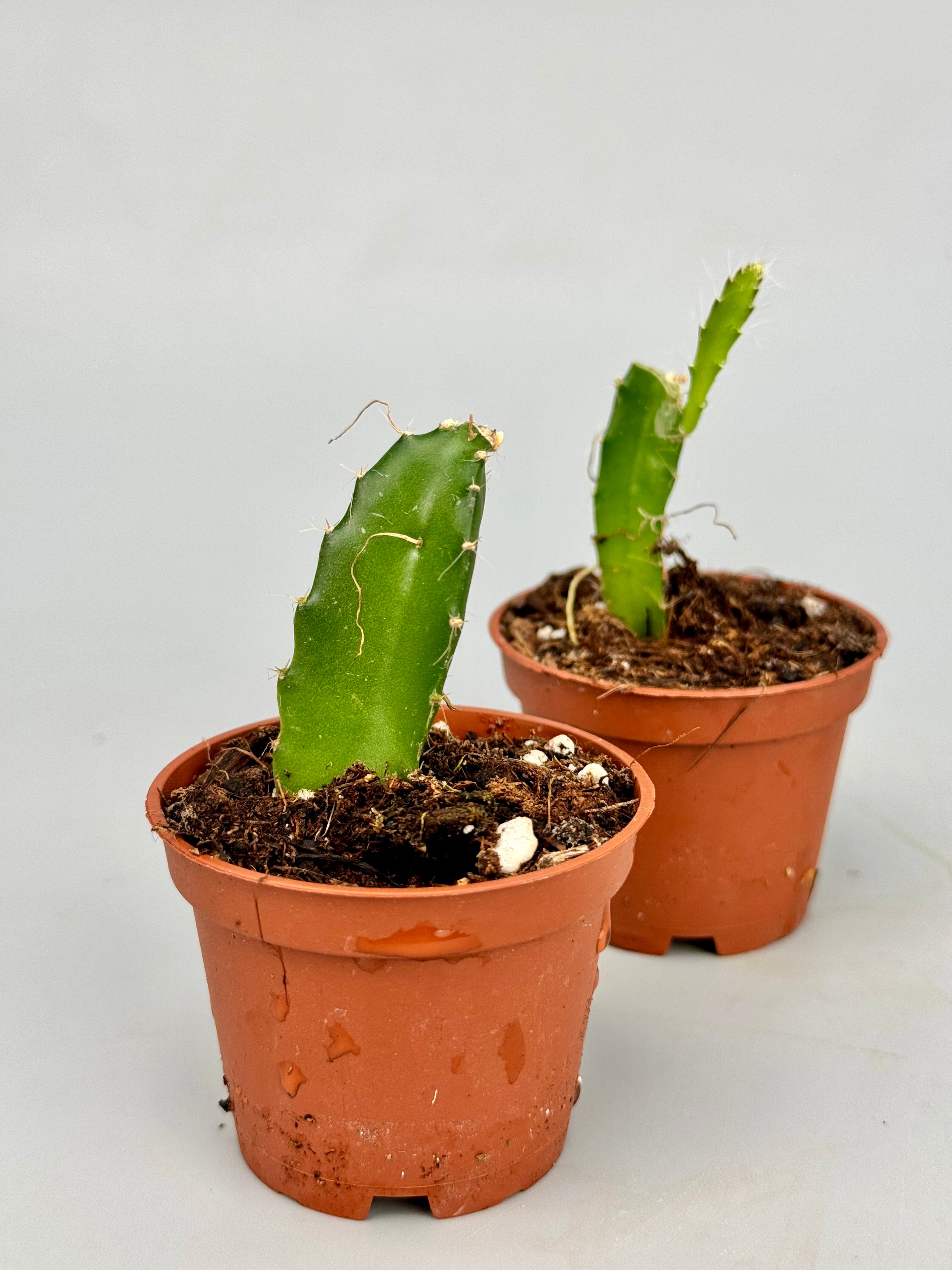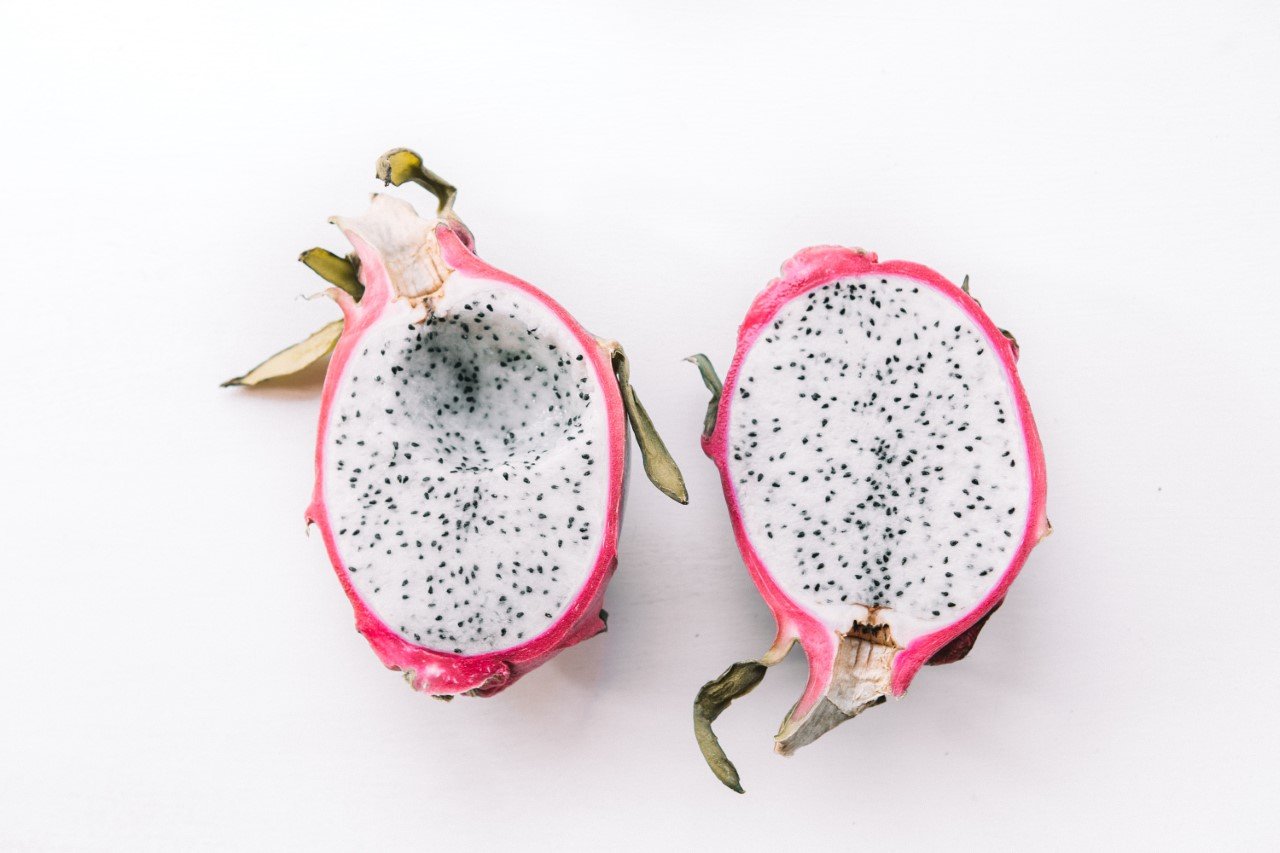Orchids are beautiful, exotic plants that add a lot of atmosphere to your home. Yet they can quickly show signs of stress when the air indoors is too dry. Especially in winter, when the heating is running at full blast, this is a common problem. In this blog you will discover why humidity is so important for orchids, how to recognize problems and how to optimize humidity.
Why is humidity important for orchids?

In their natural habitat, most orchids grow in humid, tropical areas where humidity is often around 70%. In a typical living room, that value is sometimes below 40% in winter. This dry air can be detrimental to orchids: leaves can shrivel, flower buds can dry up or drop off prematurely, and roots can lose their absorption capacity.

The ideal humidity for orchids is usually between 60 and 80%, depending on the species. Phalaenopsis often still does reasonably well at 50%, but species such as Paphiopedilum or Dendrobium usually require more humidity to really flourish.
Symptoms of excessively dry air
Do you recognize any of the following signs on your orchid? If so, chances are the air in your home is too dry:
- Sagging or wrinkled leaves
- Dull leaf edges
- Rapid wilting of flowers
- No or little root growth
- Buds drying up before opening
If you recognize these symptoms, it's time to increase the humidity for your orchid.
How do you increase humidity in your home?
1. Use a humidifier for houseplants

A humidifier for indoor plants is the most effective way to maintain a good climate for a long time. Preferably choose a model with a hygrometer so you know exactly how humid it is. Do not place the humidifier too close to the plant, but ensure a gradual distribution of moisture in the room.
2. Put a bowl of water near the orchid
A simple way to optimize humidity in orchids is to place a bowl of water next to or under the plant, possibly with pebbles. Make sure the pot itself is not in the water, as this can cause root rot.
3. Grouping plants
When you place several plants close together, they collectively increase the humidity in their immediate vicinity. This is especially effective if you place a few larger foliage plants near your orchids.
4. Spray daily: in moderation!
You can spray your orchid lightly with demineralized water, especially around the leaves. Do this only in the morning so that everything can dry properly and avoid watering the flowers or in the growing core at Phalaenopsis. Misting is a temporary solution, not a structural one.
Extra tip: measure the humidity

A digital hygrometer is an inexpensive and convenient way to know where you stand. By measuring regularly, you'll know exactly when to take action to maintain the ideal humidity for orchids.
Summary
The relationship between humidity and orchids is more important than many people think. Especially during the winter months, it is essential to keep the air in your home from becoming too dry. By using a humidifier for houseplants, misting or smart setups, you can optimize the humidity for your orchid and enjoy healthy, blooming plants.

